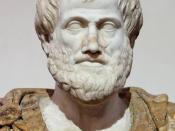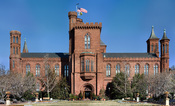Collection remains the predominant reason for many a museum's existence. Most museums collect because they believe that objects are important and evocative survival of human civilization worthy of careful study and powerful educational impact. They carefully preserve their holdings as to transmit important information to the present generation and posterity. Art museums are said to concentrate on beauty and their mission is often defined as the direct transmission of the artist's aesthetic understanding to the beholder through the picture or object. History museums treat artifacts or objects as social documents, and are especially interested in ethnography and social history. Other museums, such as science museums and botanical gardens, focus on gathering specimens for identification or establishing collections of the living.
It is fundamental to have a plan when establishing a museum. A museum should pick a certain period or theme for its collection because an encyclopedic one would be too financially difficult.
Next, a location must be chosen to house the collection. To determine this, local interest and economy, physical space, and the neighboring museums must be considered. Sports events, theme parks, and neighboring museums can be a competitive factor, but other museums could also be useful for exchanges.
There are three main museum methods for acquisition of objects. Gifts and bequests are the most common kind of collections, with many smaller museums totally dependent on these. A deed of gift is drawn up and the museum tries to ensure that there are "no restrictions", so that in the future, there will be no conflicts with the donor's family. Larger or wealthier museums also acquire objects by purchase from private sources, dealers, or at auction. Items must be determined to be suitable by a number of sources. Exchange or loan is also used to mutually benefit and improve collections. This...


